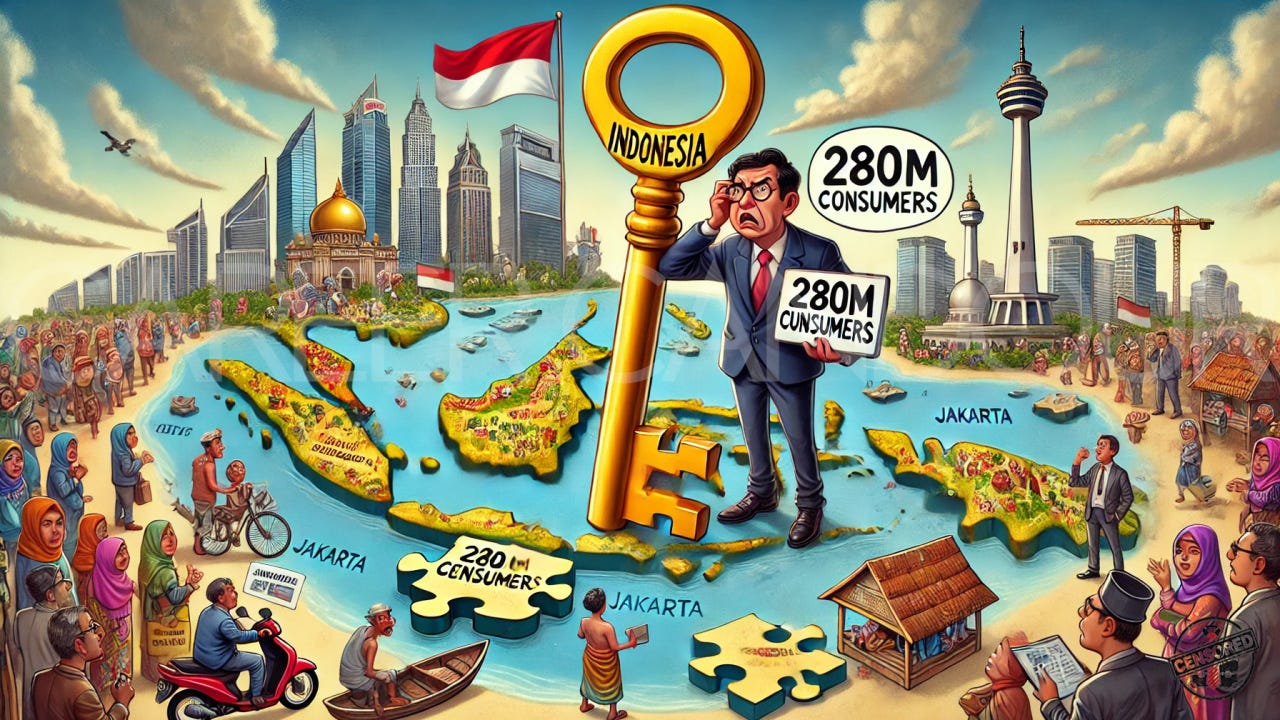Indonesia Is Not One Market: Why Companies and Investors Keep Getting It Wrong
Indonesia isn’t one unified market. 17,000 islands, cultures, and economies demand 17,000 strategies, not a lazy “one-size-fits-all” plan.
Indonesia is the darling of Southeast Asia’s regional pitch decks, framed as a digital utopia bursting with endless possibilities. But before you add a slide about "unlocking Indonesia," here’s the thing: Indonesia isn’t one market. It’s not even trying to be. If you think you can treat it as a single cohesive entity, you’re already rehearsing your keyn…
Keep reading with a 7-day free trial
Subscribe to Career Candour to keep reading this post and get 7 days of free access to the full post archives.



